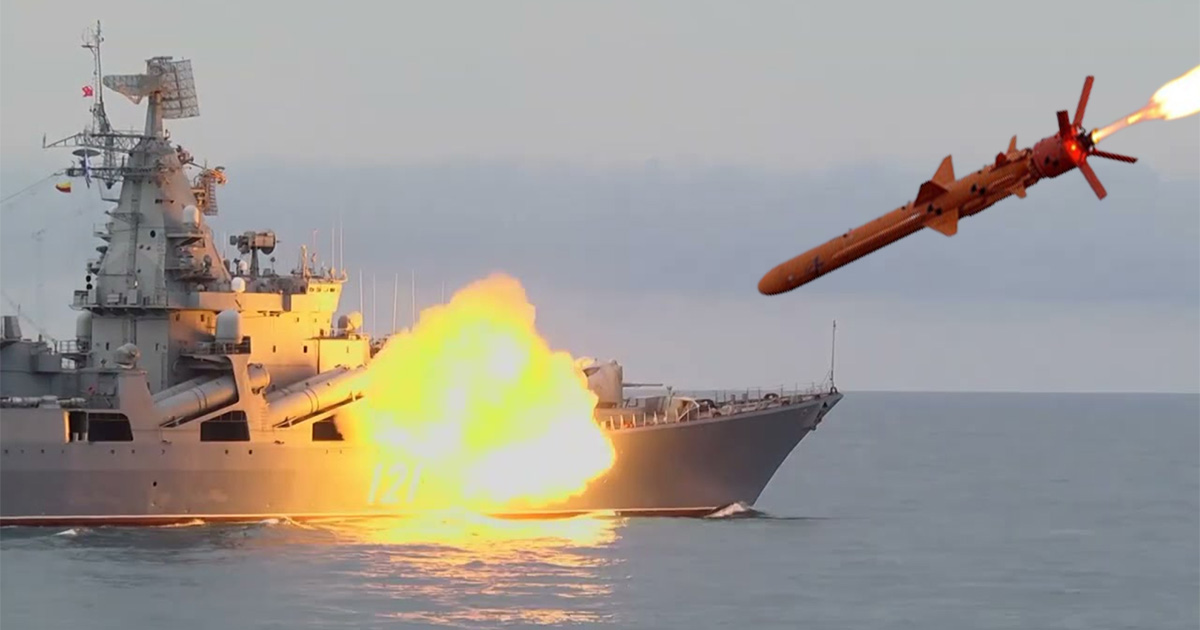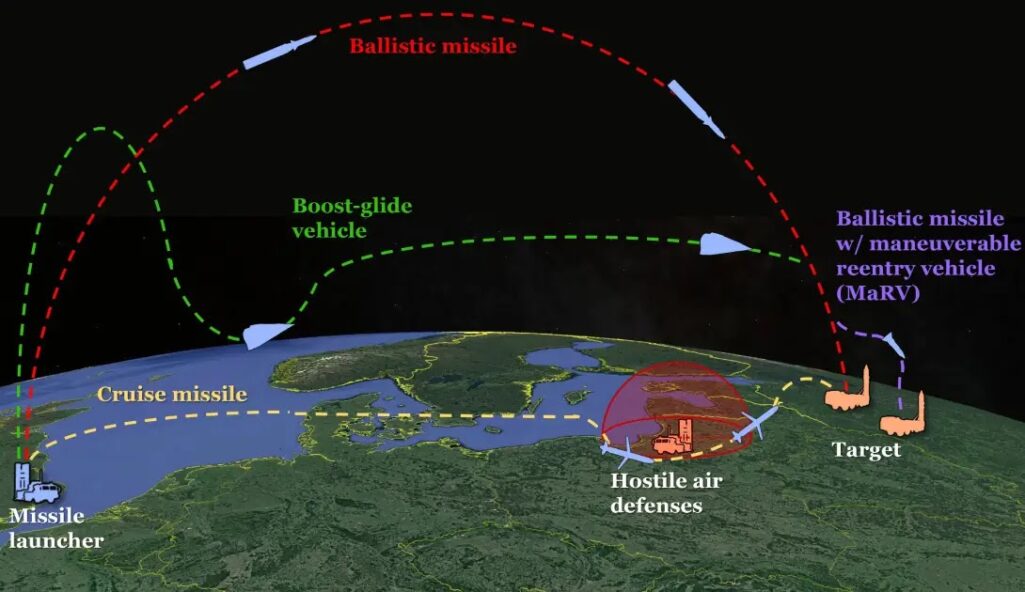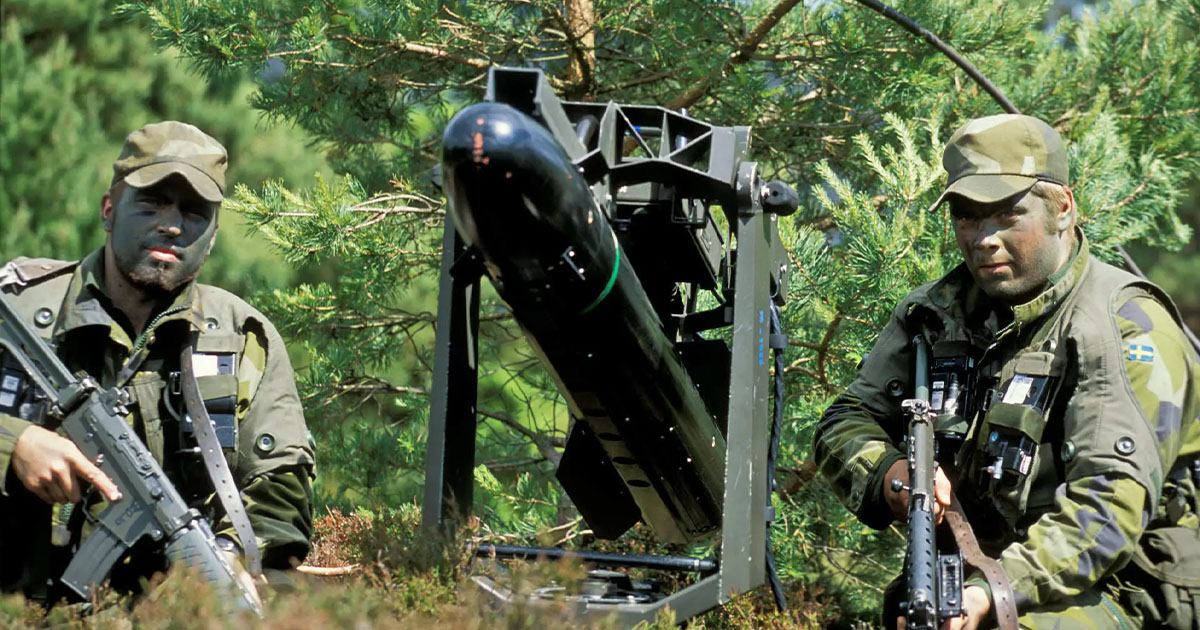
Sweden’s Ministry of Defense has stated that it will send Ukraine its third aid package, this time including the Robot 17 anti-ship missile system. Sweden’s contribution of the Robot 17 is the latest example of what appears to be a rising willingness among friendly countries to provide the Ukrainian military with more modern weaponry.
Aside from the Robot 17 system, the $102 million package includes financial help for both the Ukrainian central bank and NATO’s fund for Ukrainian armed forces, 5,000 anti-tank launchers, which unofficial sources indicate are AT4 light anti-armor weaponry, and AG90 guns and ammo. The Swedish Civil Contingencies Agency will contribute an additional $10.6 million to civilian operations. The Robot 17 system, on the other hand, is likely to be one of the most highly awaited features of the delivery.
So what is the Robot 17 weapon? And how would Ukraine benefit from using it against the Russian Army? Let’s find out.
Robot 17 – The American Sweden Missile

The Robot 17 is a Swedish anti-ship/coastal defensive missile that is based on the American AGM-114C Hellfire missiles. It was developed by AB Bofors, a Swedish industrial company and weapons manufacturer, to be able to work against sea targets and be transported and fired on land.
It is intended to be used from the land to the sea targets, like the Ukrainian Neptune missile that hit the Moskva ship.
Robot 17 Specs

Robot 17 during firing
As the Robot 17 is based on the AGM-114C Hellfire, they share a lot of the specs and are very similar:
- Top speed: 1.3 Mach (995 mph, 1,601 km/h)
- Maximum range: 8 km (5 miles)
- Robot 17 weight: 48 kg
- Robot 17 carrying box weight: 23 kg (empty), with the robot + 48 kg = 71 kg
- Firing control unit weight: 12.79 kg
- Safe / arm box weight: 3 kg
- Cables weight: 8.52 kg
- Lighting / Targeting unit weight: Lighting: 11 kg, Night sight: 7.3 kg, Battery: 10.8 kg / pc
- Cost: 300,000 SEK / robot (approx. 31,500 $)
Robot 17 Operation
The Robot 17 could be fired from land or any vehicle, including helicopters and boats. The operation of the Robot 17 could be divided into two main parts, the missile operation part and the light targeting part.
The lighter / illuminator group:
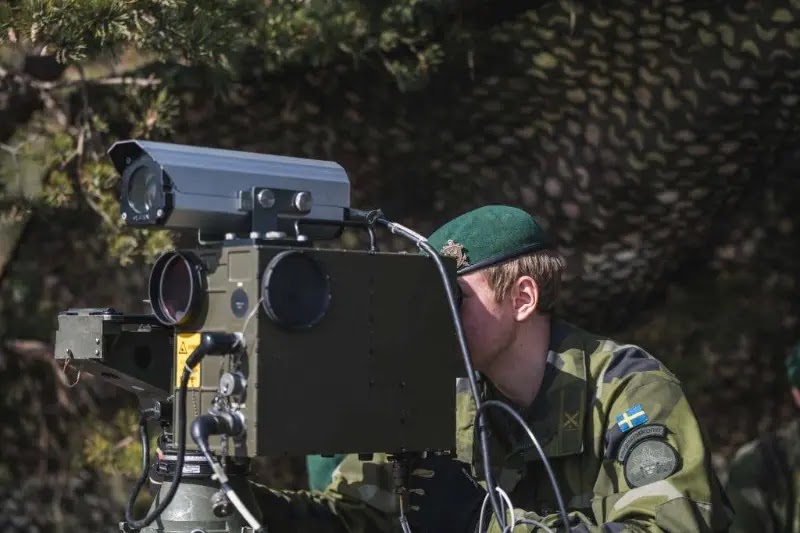
The Robot-17 laser designation system in action
This part of the Robot 17 system is a laser illuminator that sends laser light towards the target, helping the missile to focus and follow the targeted ship precisely. The illuminator could be placed in the firing position or any other position with a good view of the target. It could also be used from a helicopter if the target is not easily viewable.
The illuminator sends a frequency-coded, narrow high-energy laser beam, which the robot’s laser viewfinder unit looks for and then follows to its target. The following picture shows the illuminator with a thermal camera (right) and a laser lighting unit (left):
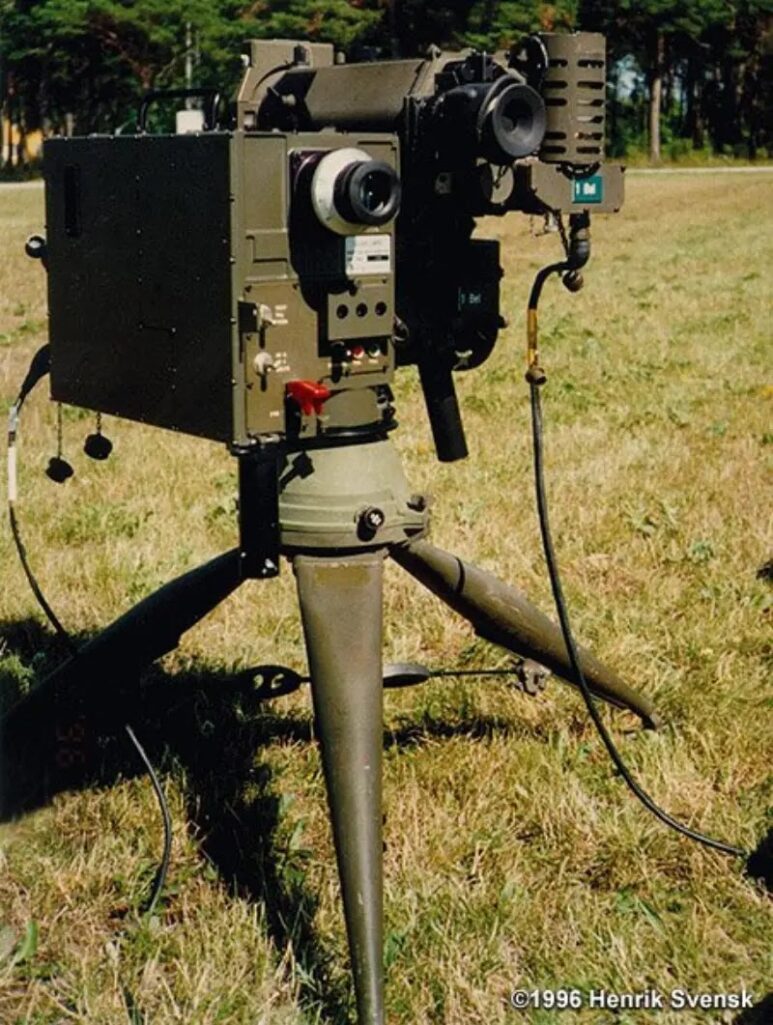
This is a view of the targets through the illuminator’s screen:
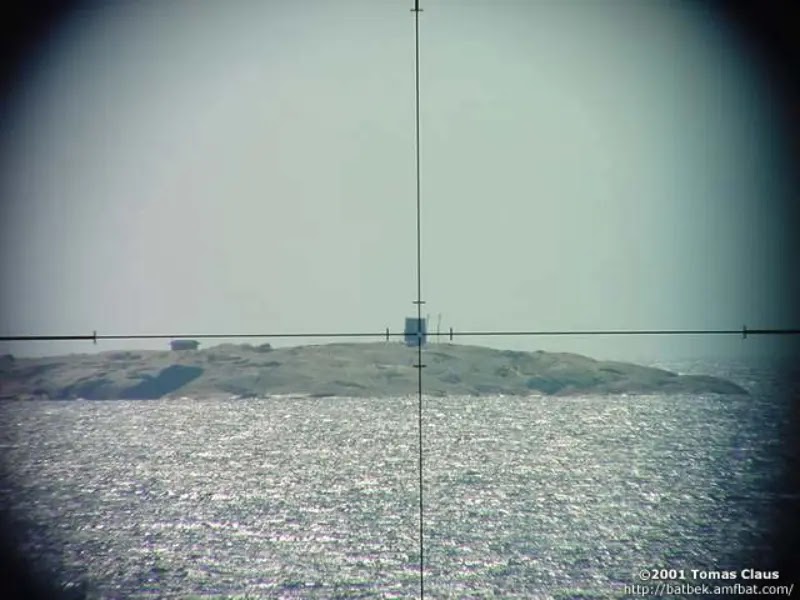
Usually, the group that is responsible for the illuminator operation is about 4-5 soldiers that carry, assemble and operate the device.
The Robot 17 group:
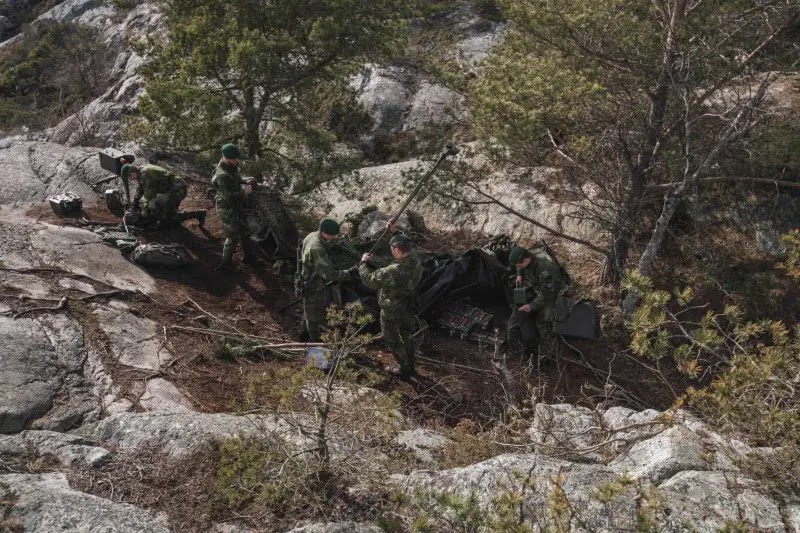
A Robot 17 team along a coastline in Sweden
This is usually a group of 9-10 soldiers that are responsible for carrying the Robot 17 box, assembling the firing unit and placing everything in its place. Carrying and moving the Robot 17 box needs about 3-4 soldiers to carry it, as in the following picture:

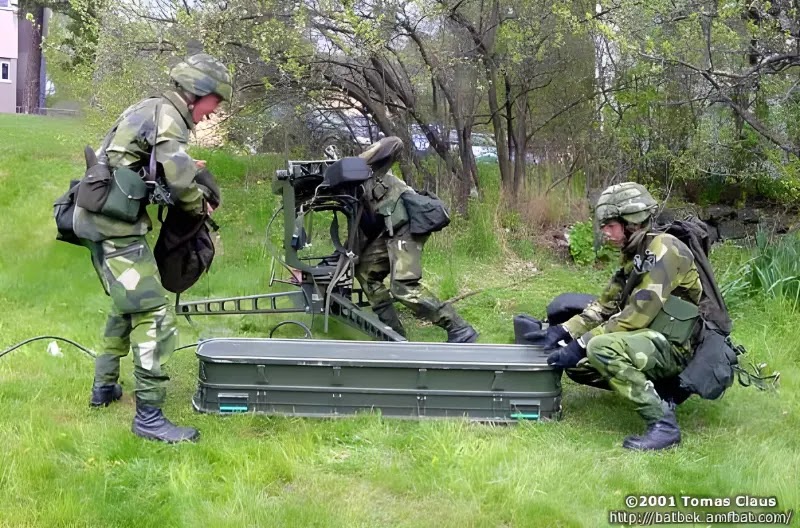
This group of soldiers should be able to group the robot and the firing unit in about 5 minutes from the time they arrive to the site and get it ready to fire. Finally, the missile is attached to the firing unit:
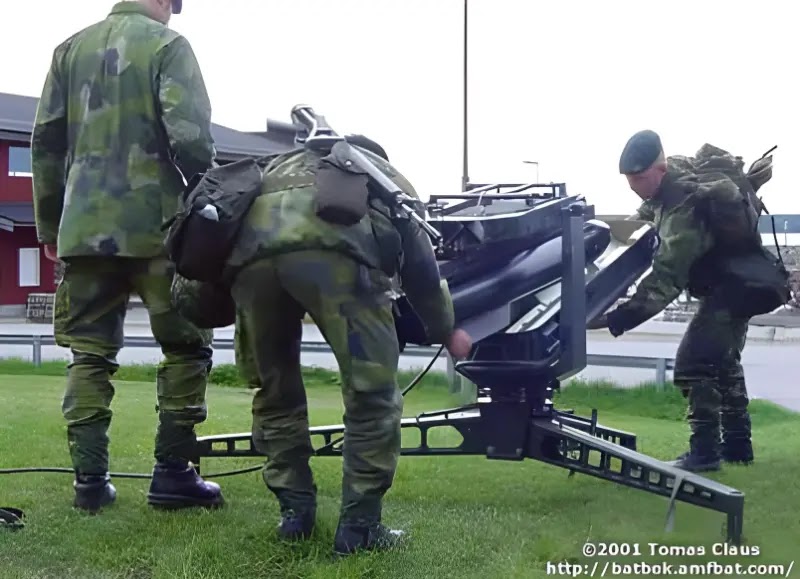
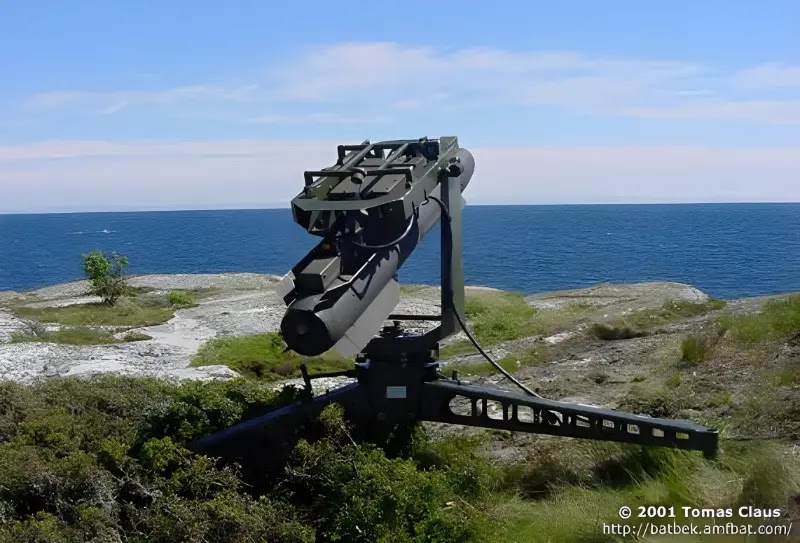
Why is Robot 17 important for Ukraine?
The delivery of the Robot 17 was particularly requested by the Ukrainian government to tackle the expanding Russian presence in the coastal regions of southeastern Ukraine, according to the Swedish Ministry of Defense. The man-portable Robot 17 is perfect for countering naval invasion and is highly survivable due to the ease with which units can set up and configure the system for fire.
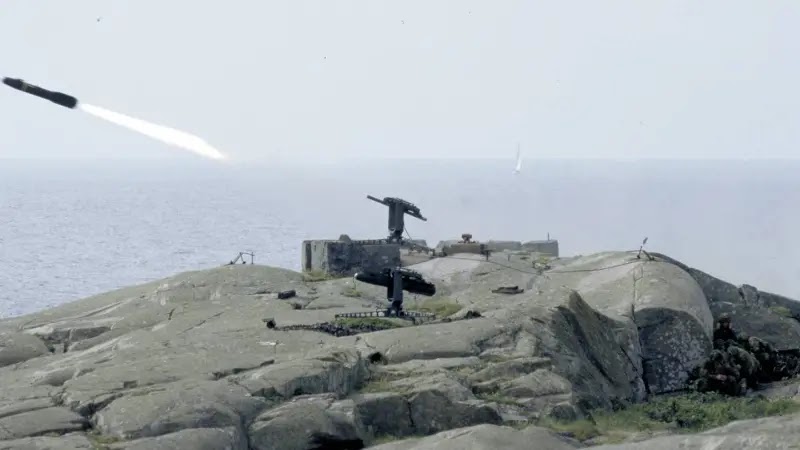
A demonstration of the Robot 17
In addition, the system has a secondary capability to strike ground targets, which might be useful in certain situations.
Ukraine has proved in this war that they are capable of destroying one of the most powerful Russian warships, the Moskva, using locally made Neptune missiles. Today by having such an advanced weapon as the Robot 17, Ukraine will be a real threat to the Russian Navy in the Black Sea area.
Conclusion
The delivery of the Robot 17 systems, together with the rest of Sweden’s third assistance package, marks a significant shift in the country’s geopolitical outlook. Sweden’s strategy has generally been concentrated on avoiding delivering weapons to nations in active conflict since 1939 in the name of neutrality.
When the initial $95.9 million assistance package was revealed in February, Sweden defied this concept for the first time. In addition, the historically non-militarily aligned country has submitted joint NATO membership bids with Finland. Now that the third aid shipment is being handled, Sweden isn’t shying away from publicly backing Ukraine.



